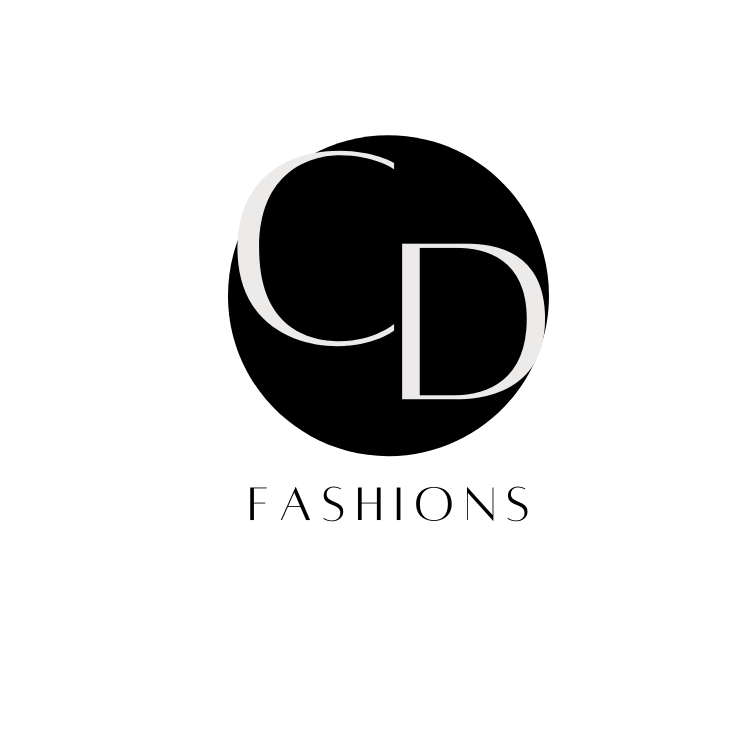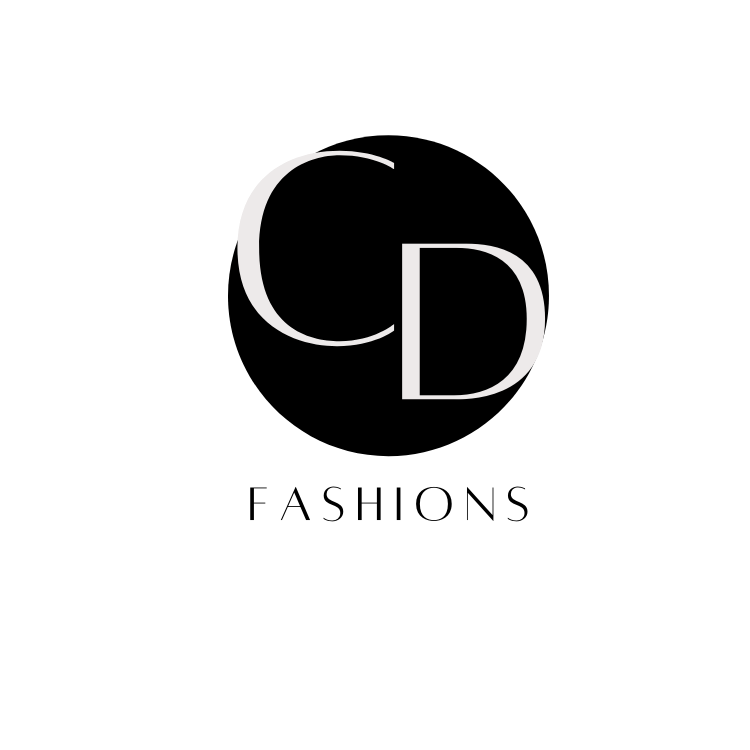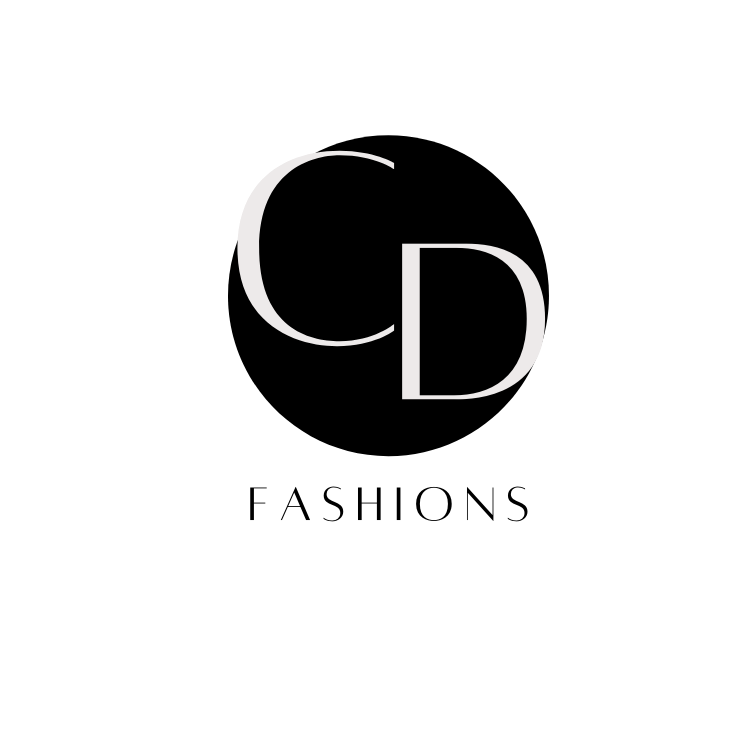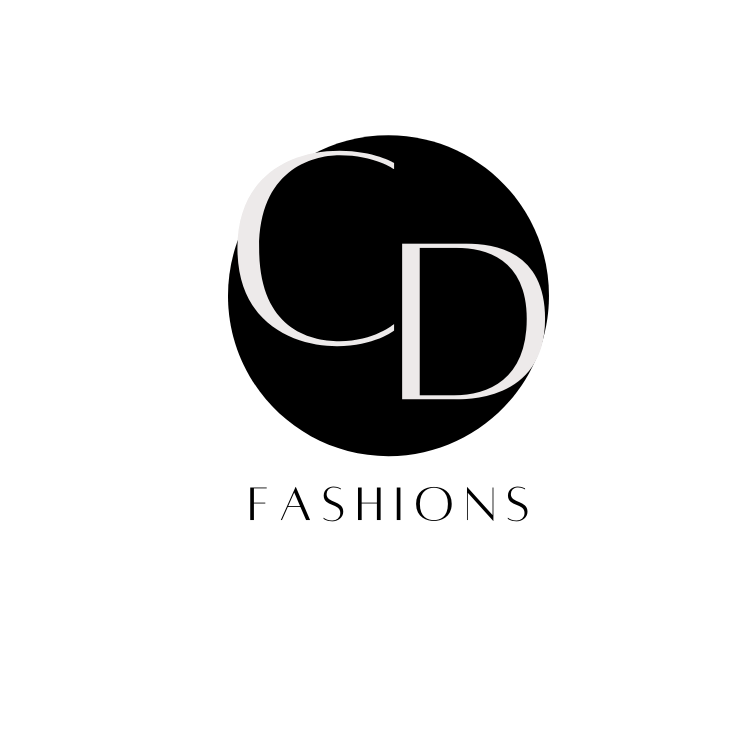
Crafting the Perfect Cover Letter: Your Gateway to Success
When it comes to job hunting, your cover letter is your first opportunity to make a lasting impression on potential employers. A well-crafted cover letter can set you apart from the competition and pave the way for your resume to be thoroughly reviewed. Whether you're a recent graduate venturing into the professional world or a seasoned worker seeking new opportunities, mastering the art of writing a compelling cover letter is a crucial skill. In this blog, we'll guide you through the process of creating a cover letter that showcases your strengths, passion, and suitability for the position.
1. Understand the Purpose
Before you start writing, it's essential to understand the purpose of a cover letter. A cover letter serves as a personalized introduction to your resume. It allows you to:
-
Introduce Yourself: Begin by mentioning the position you're applying for and how you learned about it.
-
Highlight Relevant Experience: Expand on your resume by discussing specific experiences, skills, and achievements that make you a great fit for the role.
-
Express Enthusiasm: Show your genuine interest in the company and the position, highlighting why you're excited about the opportunity.
-
Demonstrate Cultural Fit: Showcase your understanding of the company's values, mission, and culture.
-
Address Gaps or Concerns: Use the cover letter to explain any employment gaps or career changes that might not be apparent from your resume.
-
Request Action: Politely ask for an interview or meeting to discuss your application further.
2. Research the Company
Before you begin writing your cover letter, take the time to research the company. Understand its mission, values, products or services, recent achievements, and any challenges it might be facing. This information will allow you to tailor your cover letter and demonstrate that you're genuinely interested in becoming a part of the organization.
3. Format and Structure
A well-structured cover letter should include the following sections:
-
Header: Include your contact information at the top of the letter, including your name, phone number, email address, and location.
-
Salutation: Address the hiring manager or recruiter by name whenever possible. If you're unsure of the recipient's name, use a generic salutation like "Dear Hiring Manager."
-
Introduction: Start with a strong opening sentence that mentions the position you're applying for and how you came to know about it.
-
Body Paragraphs: Use two to three paragraphs to highlight your relevant experiences, skills, and achievements. Link them to the job requirements and company's needs.
-
Company Fit: Explain why you're drawn to the company and how your values align with its mission.
-
Closing: Express your enthusiasm for the position and the opportunity to discuss your qualifications in more detail. Also, mention your interest in an interview or further discussion.
-
Signature: Sign off with a professional closing, such as "Sincerely," followed by your typed name.
4. Tailor Your Content
Each cover letter should be customized for the specific job you're applying for. Address the key requirements of the job description and provide examples of how you've demonstrated those skills in your previous roles. Use quantifiable achievements whenever possible to showcase your impact.
5. Showcase Your Personality
While maintaining a professional tone, don't be afraid to let your personality shine through. A cover letter is an opportunity to give the hiring manager a glimpse into who you are beyond your resume. Use anecdotes or stories that demonstrate your passion, work ethic, and dedication.
6. Keep It Concise
A cover letter should ideally be one page long. Be concise while conveying your relevant qualifications and enthusiasm. Avoid repetition and ensure that each sentence contributes to the overall message.
7. Proofread and Edit
Nothing diminishes your credibility faster than spelling or grammatical errors. Before sending your cover letter, carefully proofread it for any mistakes. Consider asking a friend or colleague to review it as well, as fresh eyes can catch errors you might have missed.
8. Maintain a Professional Tone
While it's important to showcase your personality, remember that a cover letter is a formal document. Use a professional tone, avoid overly casual language, and double-check that your writing is respectful and appropriate.
9. Follow Application Instructions
If the job posting specifies any requirements for the cover letter, follow them closely. This might include specific questions you need to address, formatting guidelines, or documents to attach.
10. Closing and Follow-Up
End your cover letter with a clear call to action. Express your interest in further discussing your qualifications and request an interview or meeting. Thank the reader for their time and consideration.
In conclusion, a well-written cover letter can significantly enhance your chances of landing your desired job. By understanding the purpose of a cover letter, researching the company, tailoring your content, and maintaining professionalism, you can create a compelling document that showcases your unique qualifications and passion for the role. Remember, a cover letter is your chance to stand out and make a lasting impression—so make it count!






